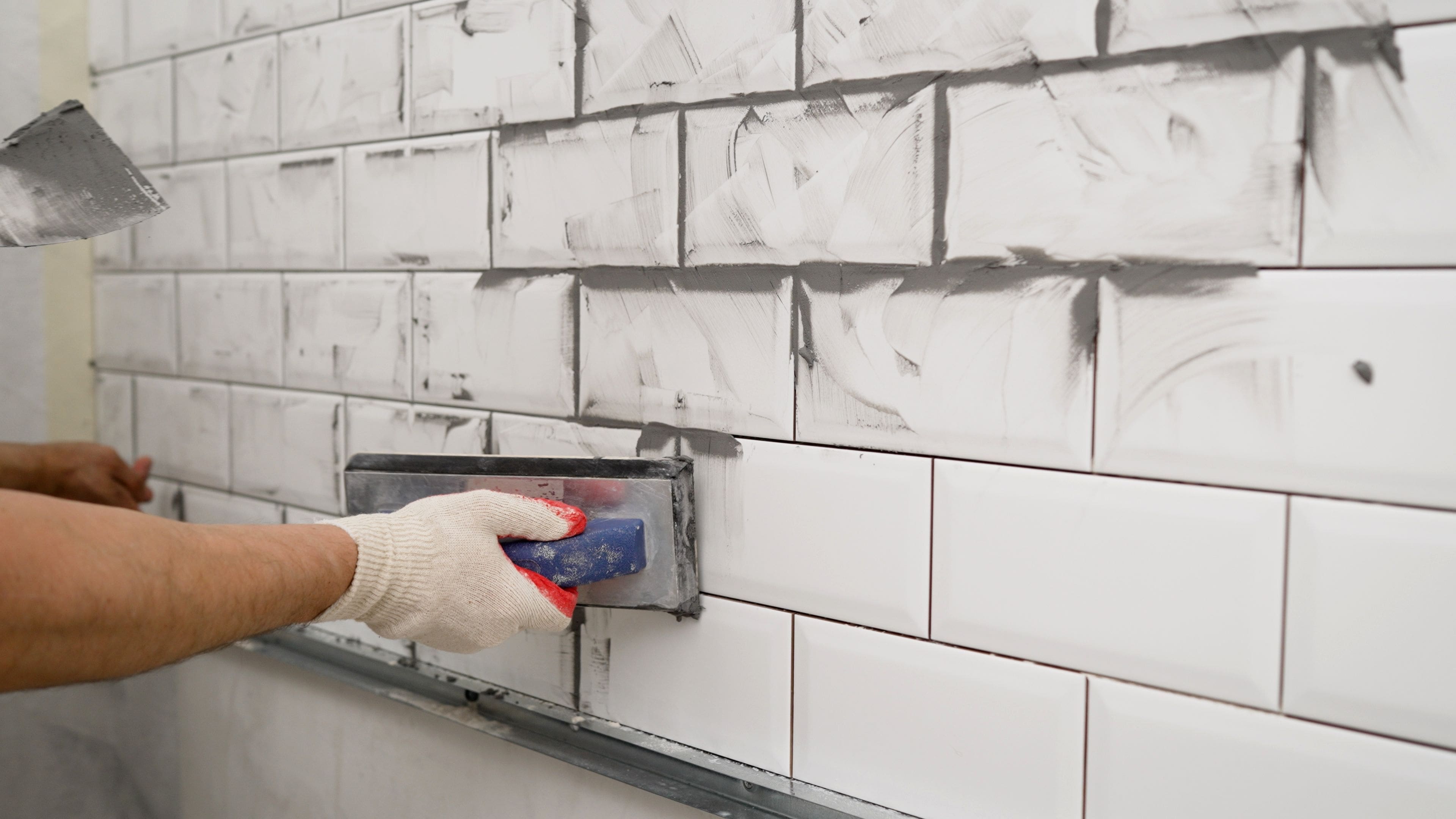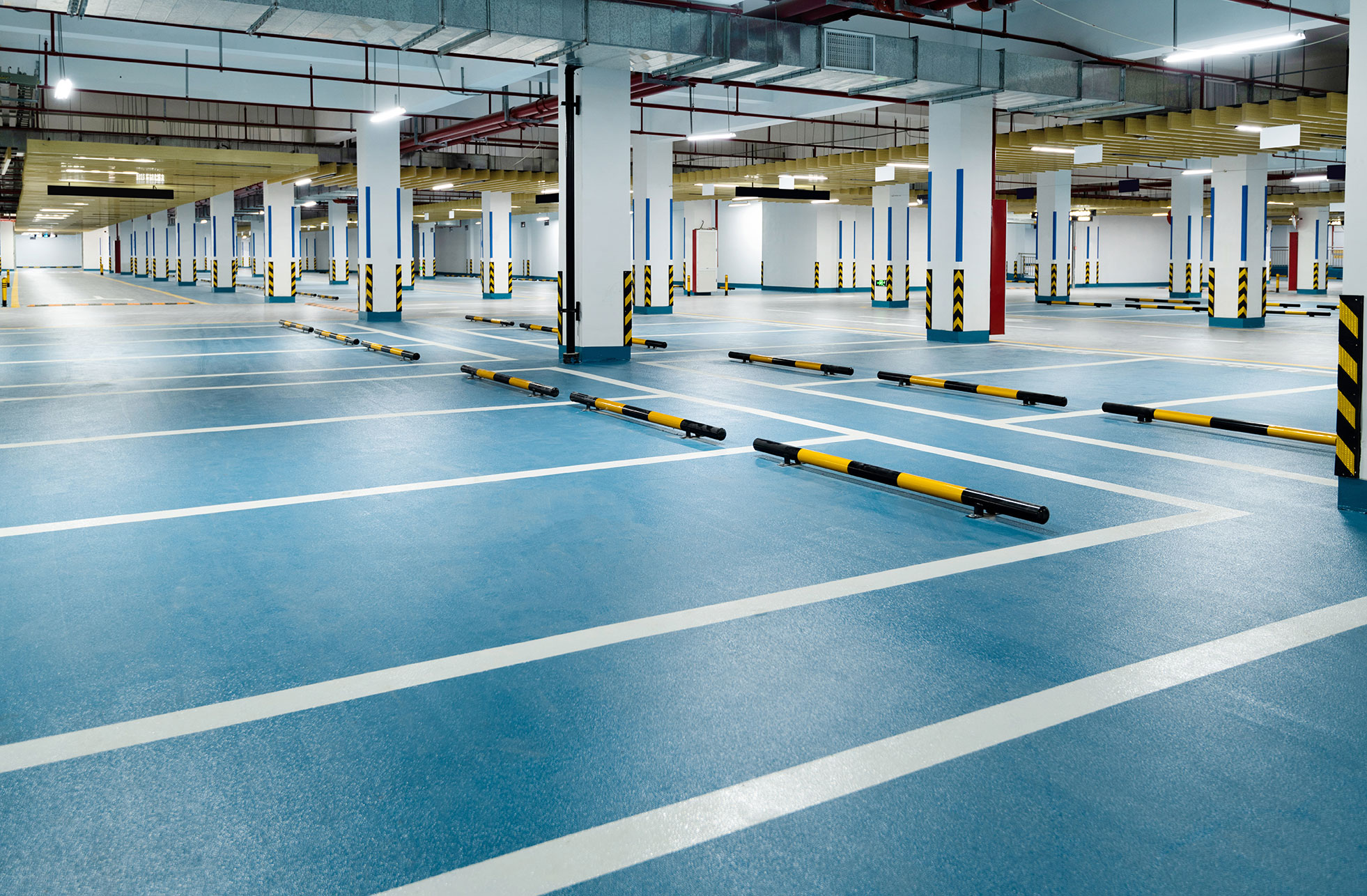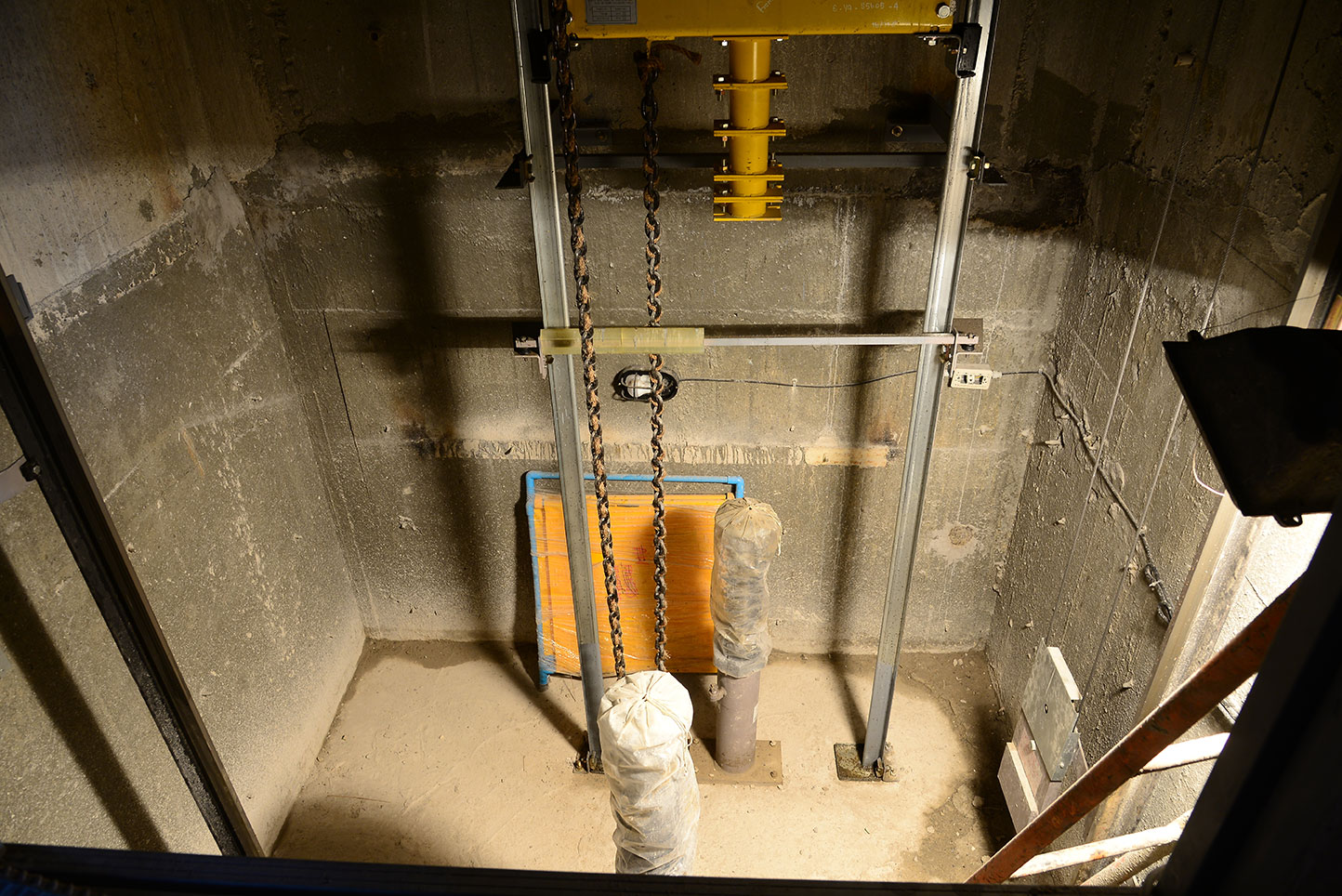
Key Factors to Consider When Choosing Grout Solutions for Your Tiling Project: A Comprehensive Guide
ARDEX ENDURA
01 Jul 2025
03 Min
Choosing the right tile grout is as important as choosing the tiles for your space. The quality of the grout can make or break any tiling project. In this blog, we will guide you on how to choose the best tile grout for your project. We will focus on its key factors and its types to help you make an informed decision.
Understanding the Role of Grout in Tiling
What is Tile Joint Grout?
Tile joint grout is a specially formulated material used to fill the gaps between tiles, ensuring a secure and aesthetically pleasing finish. It helps bond the tiles together, prevents moisture infiltration, and resists the accumulation of dirt and debris. Grouts come in two primary types: cementitious grout, which is porous and commonly used for interior spaces, and epoxy grout, which is more durable and water-resistant, suitable for high-moisture areas like bathrooms. Properly applied grout ensures a longer-lasting and low-maintenance tiled surface, reducing the risk of water damage and maintaining the overall integrity of the installation
Why Grout Choice Matters?
- Some grout types are not moisture resistant and absorb moisture along with dirt, making them difficult to clean.
- Poor grout quality in wet areas can also lead to the formation of mould, which is highly unhygienic and interferes with the integrity of your tiles.
- Careless grout selection can also compromise durability of your tiles and result in cracking, early discolouration, or displacement.
Types of Grout and Their Applications
Sanded Grout
Sanded grout is highly durable and great for larger tile grout joints, such as between floor or wall tiles. It works great with porcelain and ceramic tile but falls short on delicate surfaces such as glass or polished marble.
Unsanded Grout
Unsanded grout is a very popular grout solution for delicate tiles such as glass, marble, natural stone and more, owing to its smoother texture.
Epoxy Grout
Epoxy grout is highly durable, stain-resistant and perfect for areas that are prone to moisture. Epoxy tile grout does not require any sealing, which, although it is a perk, can also cause the grout to dry too soon, making it difficult to work with. They are also comparatively more expensive.
Furan Grout
Furan grout is a highly specialised tile grout ideal for industrial applications. Made from polymers, this grout is resistant to chemicals, heat and extreme conditions. Its complex installation process has made it less often used in residential construction projects.
Key Factors to Consider When Choosing Grout
Tile Type and Joint Width
Select grout compatible with the tile material (e.g., ceramic, porcelain) and suitable for the joint width
Location of Installation
Outdoor areas need weather-resistant, durable tile grout to withstand changing weather conditions. Moreover, bathrooms, kitchens and pools should have moisture-resistant grout, as compared to any other room in the house.
Colour Selection
The colour of your tile grout can enhance the appearance of your tiles. A neutral shade offers a seamless appearance, whereas a contrasting shade creates a visual interest. Likewise, darker grouts hide stains, whereas light-shaded grout requires more maintenance.
Durability and Maintenance
Stain Resistance
Opt for epoxy grout for areas prone to stains, such as kitchen walls and more.
Ease of Cleaning
Choose grouts that are easier to maintain and clean to reduce your effort over time.
Flexibility and Movement
Substrate Movement
Flexible grout is required in areas with substrate movement, such as those over wood, to prevent cracks and gaps over time.
Common Mistakes to Avoid When Choosing Grout
- Ignoring Joint Width: Ignoring the joint width can lead to structural issues like cracks.
- Overlooking Colour Matching: Choosing poor colours or those that discolour easily can hamper the aesthetics of your tile.
- Understanding the environment: Ignoring your immediate surroundings and environment can result in grout failure.
Expert Tips for Grout Selection
For the best grout solutions:
- Test your grout colours on a sample board to get an idea of how they would look when dried.
- Consult professionals to help you choose the best tile grout.
- Take into account future maintenance and cleaning. As your tiles and grout get dirtier, cleaning them might become a task.
Conclusion
Grout is an integral element that impacts both functionality and aesthetics. Understanding the types of grout and considering factors like tile material, joint width, and more is essential for selecting the best tile grout and achieving a flawless, durable finish.




